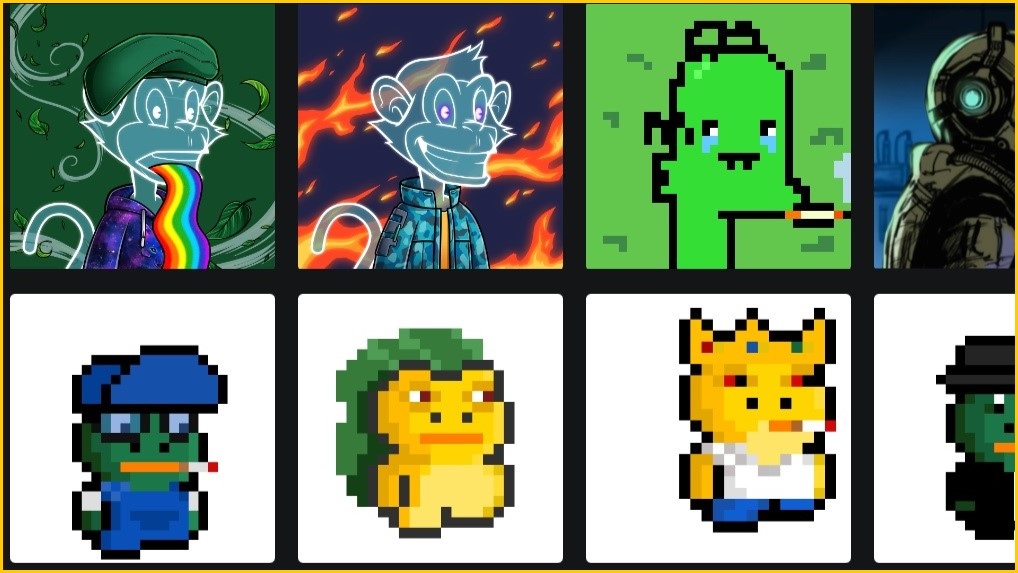A new method of inscribing data directly onto the Bitcoin blockchain has added long-awaited utility to the original cryptocurrency, causing a spike in network activity.
Bitcoin Ordinals is a method for identifying Bitcoin’s smallest components, the satoshi, and using them add up to 4MB of data directly to the immutable Bitcoin blockchain – enough to store collectible images.
If this sounds familiar, that’s because we’ve been here before with the non-fungible token (NFT) craze of 2020 and 2021.
Most of those NFT projects are completely worthless now.
While NFT projects proliferated on Ethereum, the Binance Smart Chain, and all manner of other blockchains, Bitcoin didn’t have much of an NFT phase because of the protocol’s age and design.
That changed in late 2021 with the Taproot upgrade which opened the door for a developer called Casey Rodarmor to create a way for identifying individual satoshis – the smallest component of a Bitcoin – and add indelible data to them.
In December 2022, Rodarmor created the first Ordinals inscription and Bitcoin NFTs have been gaining popularity ever since.
Named after cryptocurrency’s pseudonymous creator Satoshi Nakamoto, a satoshi is one hundred millionths of a Bitcoin.
Rodarmor discovered that each Satoshi can be tracked and thus has an inherent rarity that could make them valuable collectible digital artifacts akin to NFTs available directly on the Bitcoin blockchain.
“Satoshis are numbered in the order in which they're mined, and transferred from transaction inputs to transaction outputs first-in-first-out,” according to Rodarmor.
“Both the numbering scheme and the transfer scheme rely on order, the numbering scheme on the order in which satoshis are mined, and the transfer scheme on the order of transaction inputs and outputs.
“Thus the name, ordinals.”
Many NFTs during previous years’ mania existed as cryptographic tokens which pointed to other database locations.
Sometimes these were distributed databases like the Interplanetary File Service (IPFS) but they were also pointing to centralised storage like a Google Drive folder.
Detractors at the time pointed out that owning an individual token meant little if whoever owned a Dropbox folder could just change the image you ‘own’ at any point.
This wasn’t just a theoretical complaint, either.
People swapped out NFT images all the time, an act that was commonly known as a ‘rug pull’ which in at least one case involved literally swapping out original NFT images with pictures of rugs.
In April this year, creator of the Goblintown NFT collection changed all its images to a giant middle finger holding up three other middle fingers in protest against marketplaces not paying royalties to the artist.
By storing data directly on the blockchain, Bitcoin Ordinals avoid this problem and feeds into the worldview of ‘Bitcoin maximalism’ that sees the original cryptocurrency as the only one ever needed.
“There is no way for an inscription to refer to off-chain content,” the Ordinals Handbook says.
“This makes inscriptions more durable, because content cannot be lost, and scarcer, because inscription creators must pay fees proportional to the size of the content.”
It’s not cheap to create Bitcoin NFTs, though, nor is it easy to do without using low- and no-code third party services like Gamma and Xverse.
One estimate has put the cost of inscribing just 20KB of data to a Bitcoin Ordinal at 435,000 satoshis or around $250.
These fees combined with the popularity of Ordinals has seen Bitcoin transaction fees surge 1,300 per cent in November.










